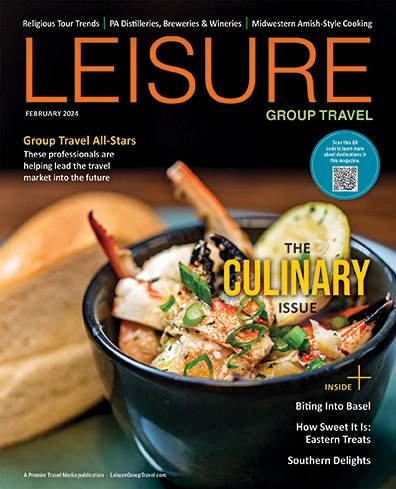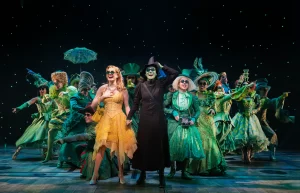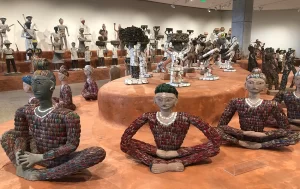The state of California has an abundance of migrating wildlife. The California Office of Tourism Web site, has a section with information about watchable wildlife found in the state and links to places that offer exceptional viewing options. Another valuable resource is the California State Parks Web site.
Many of California’s State Parks and State Reserves and other regional and private reserves have protected lands specifically to provide rest, food and winter habitats for the 350 species of birds that travel the Pacific Flyaway route from the Bering Straits in Alaska, passing through the center of California and to South America. There are also numerous sites along the length of the California coastline that welcome various migrating species of water and shore birds. Two of the more important coastal locations are the Morro Bay Estuary (contact: Central Coast Natural History Association, 805-772-2694, and the Elkhorn Slough National Estuarine Research Reserve located between Moss Landing and Watsonville (contact: 831-728-2822)
The Eucalyptus and Monterey Pine groves in Pismo Beach, Pacific Grove and Santa Cruz welcome the wintering monarch butterflies. The monarchs begin to appear in October, when the northern first chill of fall and a decline in nectar signal the start of migration. The butterflies travel from the western Rockies and as far away as northern Canada to seek protection in the California coastal tree groves. Several generations of monarchs will be born during the migration, but those that leave in March will never return. Monarch butterflies have an average life span of about 6 weeks, except during the winter when monarchs can live for about six months. Contact: Pismo Beach, 805-773-7034, Pacific Grove, 800-656-6650, Natural Bridges State Beach, Santa Cruz, 831-423-4609, Arboretum at UCSC, Santa Cruz, 831-247-1524, www2.ucsc.edu/arboretum.rnrnThere are two locations in California where the giant elephant seals come on shore to birth and mate: the elephant seal rookery on the coast just north of Hearst Castle and the just north of Santa Cruz. During the breeding season, December through March, daily access to these sites is available with guided walks, and in Piedras viewing platforms are also provided. Most of the adult seals are gone by early March, leaving behind the weaned pups that remain through April.






